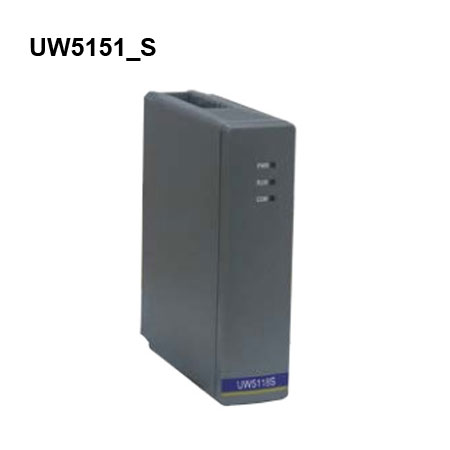In industrial automation and process control, system failures can have catastrophic consequences, making the integrity of safety systems paramount. Safety control systems represent the pinnacle of high safety, reliability, and adaptability. These systems are individually developed for the most demanding safety-related tasks and meticulously designed from the ground up to protect your assets, personnel, and the environment. The UWNTEK UW series offers two tiers of certified safety performance to match the specific risk level of your application.

A safety control system is a dedicated, fault-tolerant system designed to monitor a process or machine and automatically place it in a safe state when it detects a potentially hazardous situation. Unlike standard control systems, safety systems utilize redundant and diverse components, rigorous design methodologies, and certification to international standards such as IEC 61508 and IEC 61511 to ensure continued operation even in the event of a failure.
The UWNTEK safety control system is architected to maximize uptime and fault tolerance. Its robust construction ensures continued operation even in the event of component failure. The system consists of three main layers:
Safety Control Station: The brains of the operation, housing all critical processing and I/O modules.
Programming and Monitoring Computer: Engineering and Human Machine Interface (HMI) for configuration, control, and visualization.
Network Equipment: High-security industrial network for robust and secure communications.
The safety control station is a standalone unit containing:
Safety Control Module (with redundant CPU)
Safety Analog Input (AI) Module
Safety Digital Input (DI) Module
Safety Digital Output (DO) Module
Network Switch Module
Power Supply Module (typically redundant)
Matching Terminal Blocks
This modular design leverages hardware module redundancy, fault tolerance, and high-availability safety modules to ensure that a single point of failure does not compromise the safety functionality of the entire system.
High Reliability and Availability: Through hardware redundancy and fault tolerance, the safety control system minimizes the probability of on-demand failures and ensures continuous operation.
Safety Integrity Certification: Both systems have been independently certified to their respective SIL levels, providing third-party verification of safety performance.
Highly adaptable: The system's scalable architecture and robust system I/O capacity enable deployment across a wide range of industries, from discrete manufacturing to complex process plants.
Intrinsic security and proactive defense: With cybersecurity at its core, the software platform proactively protects against malicious threats that could compromise safety functions.
Multi-domain engineering object model: This technology simplifies engineering and configuration processes, shortens development time, and reduces the potential for human error.
| Parameter | UW500s Safety Control System | UW510s Safety Control System |
| IEC 61508 Compliance | System Capability SC2, Hardware SIL2 | System Capability SC3, Hardware SIL3 |
| Safety Certification | Certified for SIL2 | Certified for SIL3 |
| IEC 61511 Demand Mode | Suitable for Low-demand and High-demand mode | Suitable for Low-demand and High-demand mode |
| Target Applications | Processes where the required risk reduction is within SIL2 capabilities. | Processes requiring the highest level of risk reduction (SIL3), such as in oil & gas, chemical, and critical infrastructure. |
